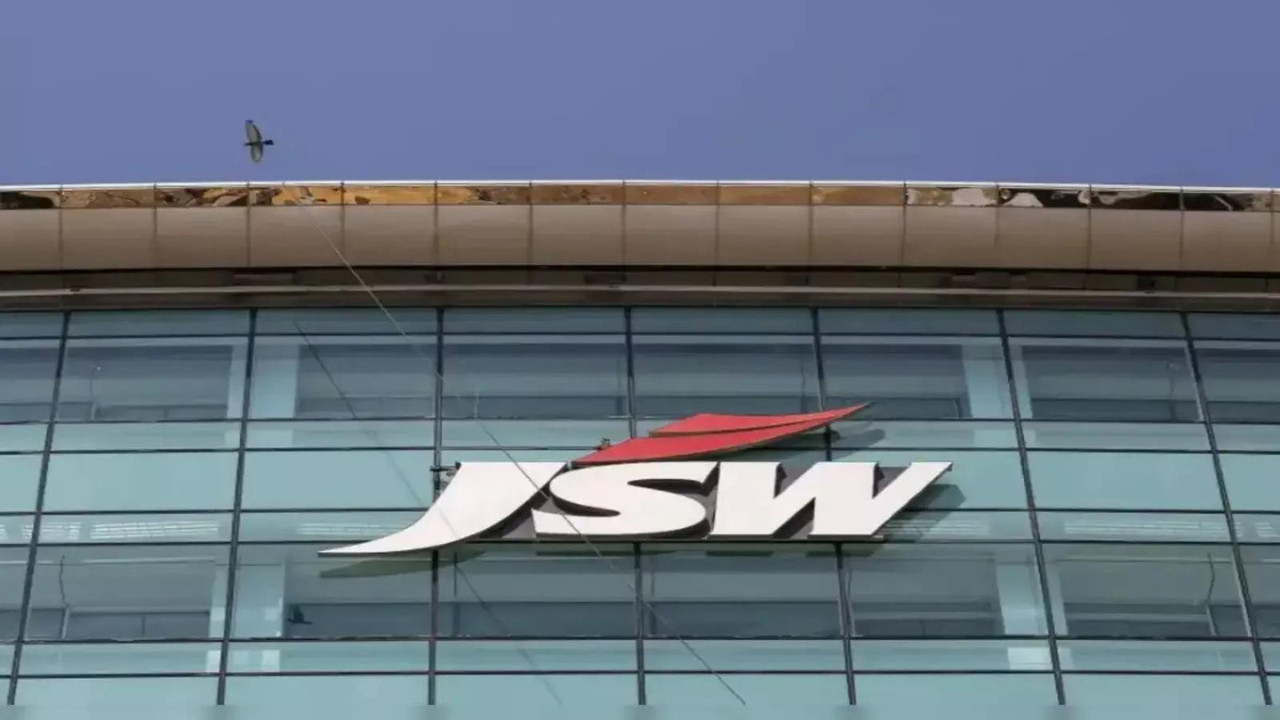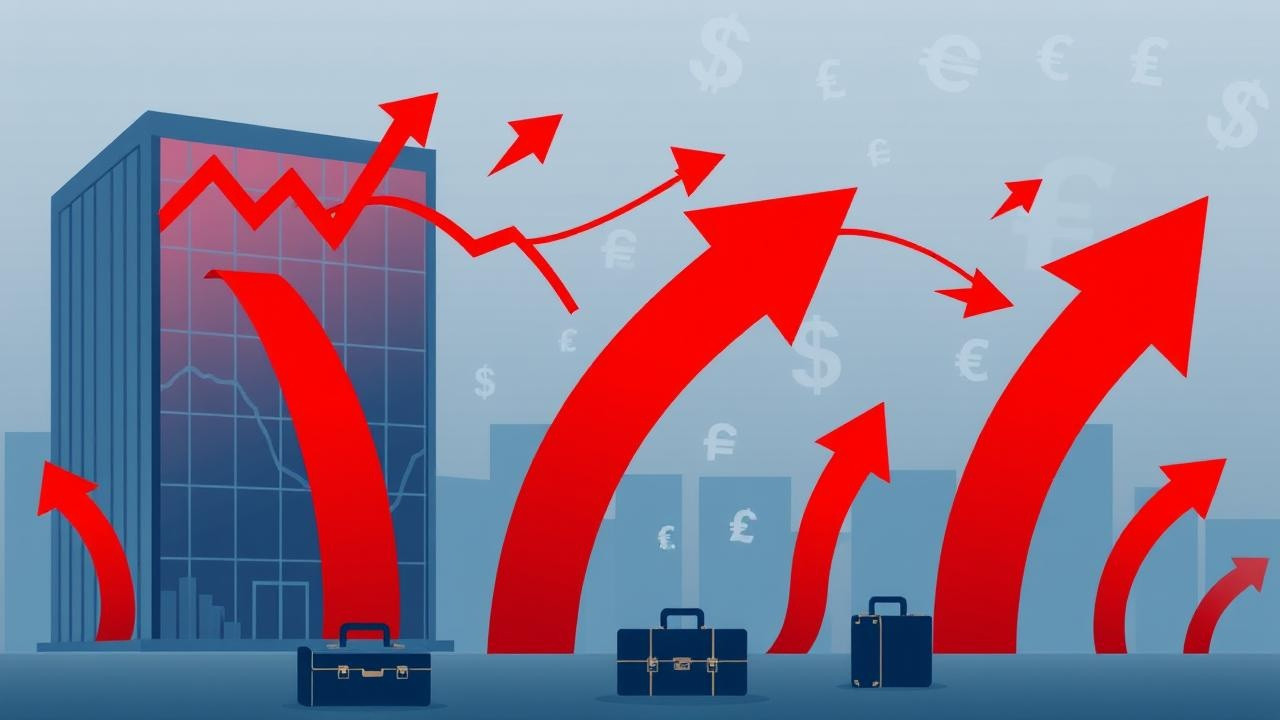ICRA forecasts a moderation in agricultural GVA growth to 4.5% in Q1 FY26, down from 5.4% in the previous quarter, due to mixed sowing patterns. While moong, rice, and maize sowing showed growth, arhar, urad, and soybean lagged. Rainfall patterns and distribution will be critical for crop output, with the IMD predicting above-normal rainfall for August-September.
Bumper Crop or Bumpy Ride? Decoding the Future of India’s Farm Economy
India’s agricultural sector, the backbone of the nation’s economy and the lifeblood for millions, is facing a mixed bag of signals as we look towards the first quarter of fiscal year 2026. Think of it as trying to predict the weather based on a handful of scattered clouds and a restless breeze – intriguing, but far from certain. ICRA, a prominent credit rating agency, projects a 4-5% growth in the Gross Value Added (GVA) from agriculture for this period. That sounds decent on paper, but digging deeper reveals a landscape with both promising patches and concerning dry spells.
So, what’s fueling this cautiously optimistic outlook? And what are the potential headwinds that could throw a wrench into the works?
One of the key drivers behind this projected growth is the expectation of a continued push from the government towards modernizing agricultural practices. We’re talking about everything from wider adoption of precision farming techniques, like using drones for crop monitoring and targeted fertilizer application, to increased investment in irrigation infrastructure. These efforts are aimed at boosting productivity and resilience in the face of increasingly unpredictable weather patterns. Think of it as giving farmers the tools they need to thrive, rather than just survive.

However, the path to agricultural prosperity isn’t always smooth. The report highlights some key challenges that could dampen the growth momentum. A mixed bag of sowing patterns and a dip in rainfall are major areas of concern. The monsoon season, the lifeblood of Indian agriculture, has been displaying erratic behaviour in recent years. Uneven distribution of rainfall, with some regions experiencing floods and others facing drought-like conditions, can wreak havoc on crop yields.
Delayed or insufficient rainfall directly impacts the sowing of key crops like rice, pulses, and oilseeds. This, in turn, can lead to lower production, higher prices, and potential food security challenges. The mixed sowing patterns suggest that farmers are adapting to these uncertainties, perhaps switching to more drought-resistant crops or delaying planting in anticipation of better rainfall. But these adaptations can only go so far.
Furthermore, the cost of inputs like fertilizers and pesticides continues to be a concern. While the government provides subsidies to alleviate some of the burden, fluctuations in global commodity prices can still impact farmers’ profitability. Maintaining a stable and affordable supply of these essential inputs is crucial for ensuring healthy crop yields and preventing distress in the farming community.
The report also touches upon the importance of efficient supply chain management. Getting agricultural produce from the farm to the market quickly and efficiently is critical for reducing post-harvest losses and ensuring that farmers receive fair prices for their crops. Investments in cold storage facilities, transportation infrastructure, and market linkages are essential for creating a more robust and resilient agricultural ecosystem.
Looking ahead, the future of India’s farm GVA depends on a delicate balance between proactive policy interventions, technological advancements, and the unpredictable forces of nature. The government’s continued focus on irrigation, soil health management, and crop diversification will be critical for building resilience in the face of climate change. Encouraging farmers to adopt sustainable agricultural practices, such as organic farming and integrated pest management, can also contribute to long-term environmental sustainability and improved soil fertility.
Ultimately, the 4-5% growth projection is a starting point, a marker in the sand. Whether India can exceed this projection and unlock the full potential of its agricultural sector will depend on its ability to navigate these challenges and capitalize on the opportunities that lie ahead. This includes fostering innovation, promoting collaboration between research institutions and farmers, and creating a supportive policy environment that empowers farmers to thrive. Related content, such as an analysis of recent government agricultural policy changes, could shed more light on this issue.
In conclusion, while the projected 4-5% farm GVA growth for Q1 FY26 offers a glimmer of hope, the path forward requires careful navigation. Overcoming challenges like erratic rainfall and rising input costs, coupled with strategic investments in technology and infrastructure, will be key to unlocking the full potential of Indian agriculture and ensuring food security for the nation.






